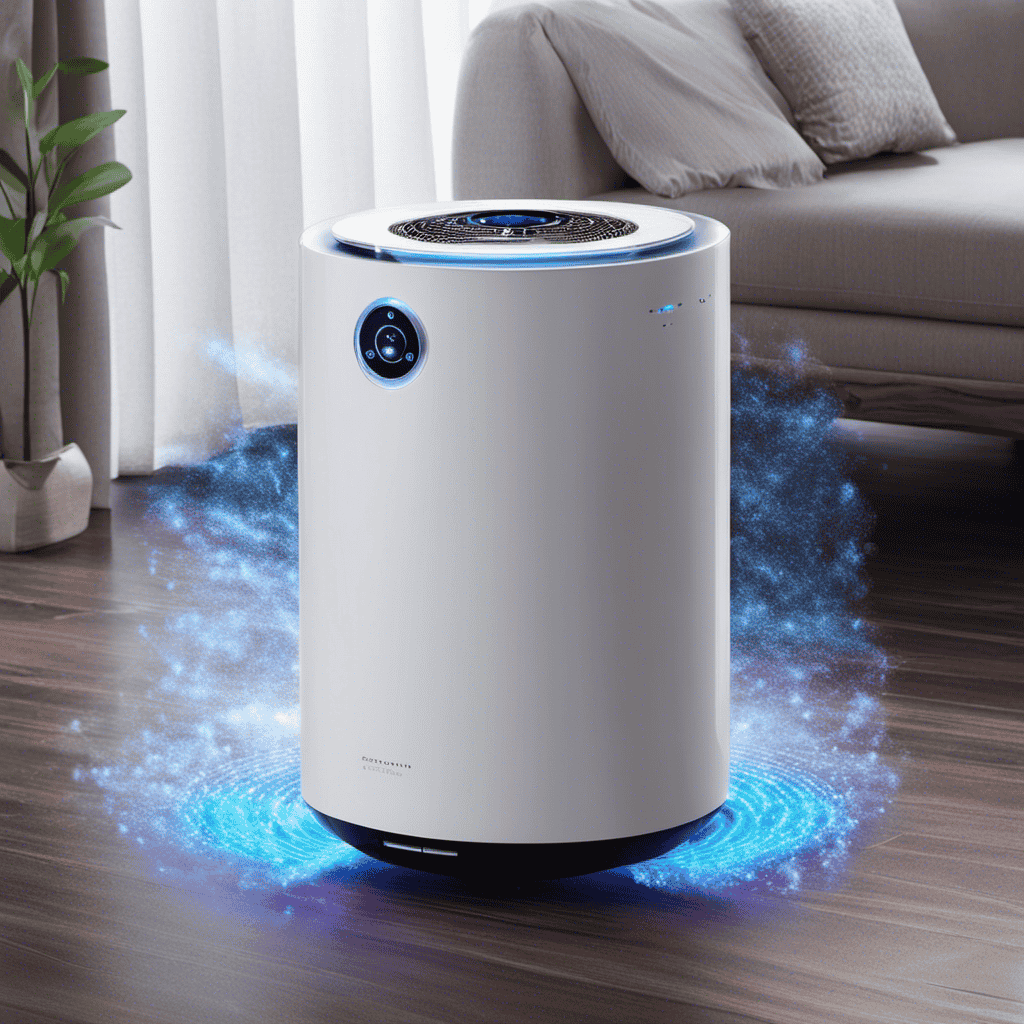PlasmaWave technology is rapidly moving from science fiction toward scientific fact. Advances in plasma physics and electromagnetic interactions enable us to generate and control plasma waves that could revolutionize communication, imaging, and propulsion. While some concepts still seem futuristic, ongoing research proves many ideas are becoming achievable. If you want to explore how these innovations are shaping the future of energy, healthcare, and space exploration, there’s plenty more to discover.
Key Takeaways
- Plasma wave technology leverages plasma’s ability to generate and manipulate high-frequency electromagnetic waves for practical applications.
- Current research demonstrates real-world plasma devices used in communication, medical imaging, and space propulsion.
- Many claims of futuristic plasma wave applications remain in experimental or developmental stages, not yet fully commercialized.
- Advances in plasma physics are continuously expanding the potential for plasma-based electromagnetic spectrum technologies.
- While some concepts seem science-fiction, ongoing scientific progress confirms plasma wave technology is an active, factual area of research.

Have you ever wondered how plasma-based devices are revolutionizing technology? The answer lies in the fascinating field of plasma physics, which explores the behavior of ionized gases and how they interact with electromagnetic forces. Plasma, often called the fourth state of matter, is unique because it conducts electricity and responds strongly to electromagnetic fields. This makes it a powerful tool for various applications, especially when you consider its role across the electromagnetic spectrum. From radio waves to X-rays, plasma devices harness electromagnetic energy in innovative ways that could transform industries, from communications to healthcare.
Plasma physics unlocks cutting-edge applications across the electromagnetic spectrum, transforming industries from healthcare to space exploration.
In the domain of plasma physics, scientists have learned to manipulate plasma to generate, control, and utilize electromagnetic radiation. For example, plasma antennas use ionized gas instead of traditional metal to transmit and receive signals, offering advantages like reduced size and increased resilience to environmental factors. These devices operate across different parts of the electromagnetic spectrum, especially in radio and microwave frequencies. This adaptability stems from understanding how plasma interacts with electromagnetic waves—absorbing, reflecting, or emitting energy depending on its properties. By tuning plasma parameters such as density and temperature, engineers can develop devices that operate efficiently across various spectrum ranges, opening new frontiers in wireless communication and sensing.
Moreover, plasma-based technologies are making strides in improving energy transmission and medical imaging. In fusion research, for instance, plasma confinement devices like tokamaks rely on electromagnetic fields to contain ultra-hot plasma, facilitating potential clean energy sources. These advancements depend heavily on deep insights from plasma physics and the electromagnetic spectrum, as they involve controlling plasma behavior with precision. Similarly, plasma wave generators can produce high-frequency electromagnetic waves used in advanced imaging techniques, enabling more detailed scans and diagnostics in medicine. Such innovations are possible because of an intricate understanding of how plasma interacts with electromagnetic radiation, allowing us to develop devices that push the boundaries of current technology.
The potential of plasma-based devices extends even further into space exploration, where plasma thrusters use electromagnetic fields to propel spacecraft efficiently. These thrusters rely on plasma physics principles and electromagnetic spectrum manipulation to generate thrust with minimal fuel, making long-distance space travel more feasible. The ongoing research into plasma-wave interactions and electromagnetic control not only blurs the line between science fiction and fact but also paves the way for revolutionary advancements in various fields. As you explore the future of plasma technology, it becomes clear that understanding plasma physics and harnessing the electromagnetic spectrum are key to opening a new era of innovation. Additionally, recent developments in high-frequency plasma waves are expanding the capabilities of these technologies even further.
Frequently Asked Questions
What Are the Environmental Impacts of Plasmawave Technology?
You might wonder about plasmawave technology’s environmental impacts. This innovative approach could support renewable energy by efficiently generating power without harmful emissions. It also offers promising pollution control capabilities, helping reduce air and water contaminants. While it’s still in development, adopting plasmawave tech might lower your carbon footprint and improve environmental health, making it a potentially eco-friendly alternative to traditional methods. Its impact depends on how sustainably it’s implemented and managed.
How Does Plasmawave Compare to Traditional Plasma Applications?
Think of plasmawave as a high-speed train compared to traditional plasma applications. You’ll find that plasmawave harnesses quantum effects to optimize energy efficiency, making it faster and more precise. Unlike older methods, which often waste energy or lack control, plasmawave’s advanced technology offers better performance and lower environmental impact. It’s like upgrading from a bicycle to a jet—more power, less waste, and a smoother ride into the future.
What Are the Potential Medical Uses of Plasmawave Technology?
You might find plasmaWave technology promising for medical applications like plasma therapy and wound healing. It can stimulate tissue regeneration, promote faster healing, and reduce infection risks. By harnessing plasma’s properties, you could see less invasive treatments and improved recovery times. This innovative approach has the potential to revolutionize wound care and therapeutic procedures, making healing more efficient and accessible for patients across various medical fields.
Is Plasmawave Technology Commercially Available Today?
You wonder if plasmawave technology is available today. The truth is, it’s not widely in the market yet. Regulatory hurdles slow its release, and developers face strict safety tests. While promising, it remains in experimental stages for now. You might hear about future breakthroughs, but for now, plasmawave tech isn’t something you can buy off the shelf. Stay tuned—things could change faster than you think.
What Are the Main Technical Challenges in Developing Plasmawave Systems?
You face key technical challenges in developing plasmawave systems, mainly improving energy efficiency and manufacturing scalability. Achieving high energy efficiency is tough because plasma generation requires significant power, which can limit practicality. Additionally, scaling up manufacturing processes while maintaining quality and cost-effectiveness remains complex. Overcoming these hurdles is essential for making plasmawave technology viable for widespread commercial use, pushing it closer to transforming future communication and energy systems.
Conclusion
Imagine standing at the edge of a storm, lightning crackling across the sky—plasmawave technology feels just as powerful and unpredictable. While it’s rooted in cutting-edge science, it sparks visions of science fiction becoming reality. As with the myth of Icarus reaching the sun, your curiosity might soar to new heights, revealing breakthroughs that once seemed impossible. Keep watching, because what’s fiction today could be tomorrow’s groundbreaking fact, transforming our world in ways we’ve only begun to imagine.










